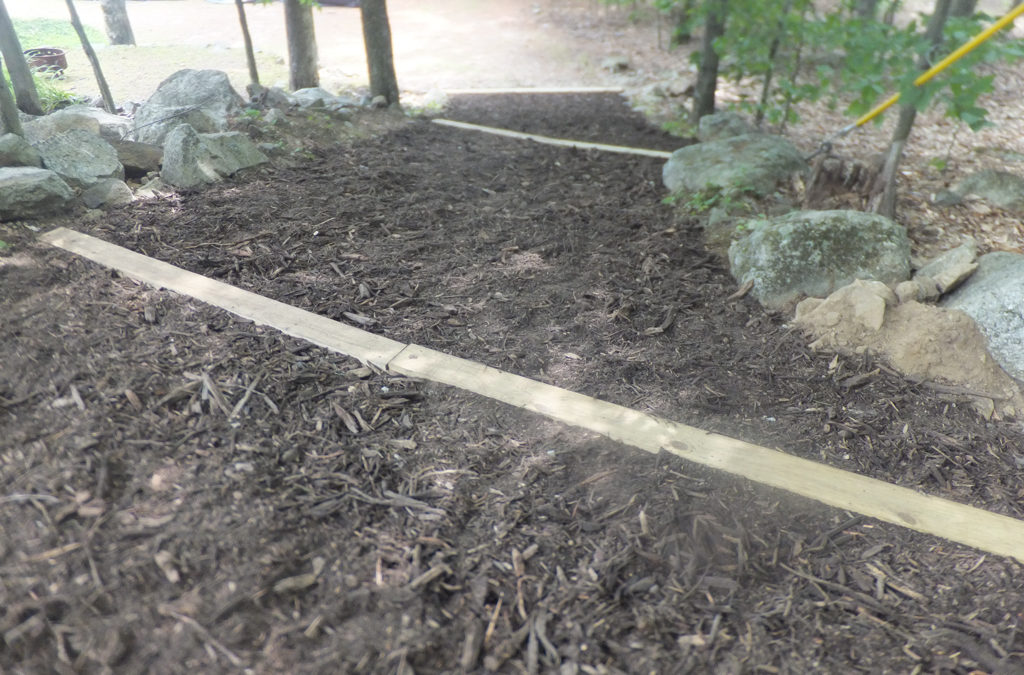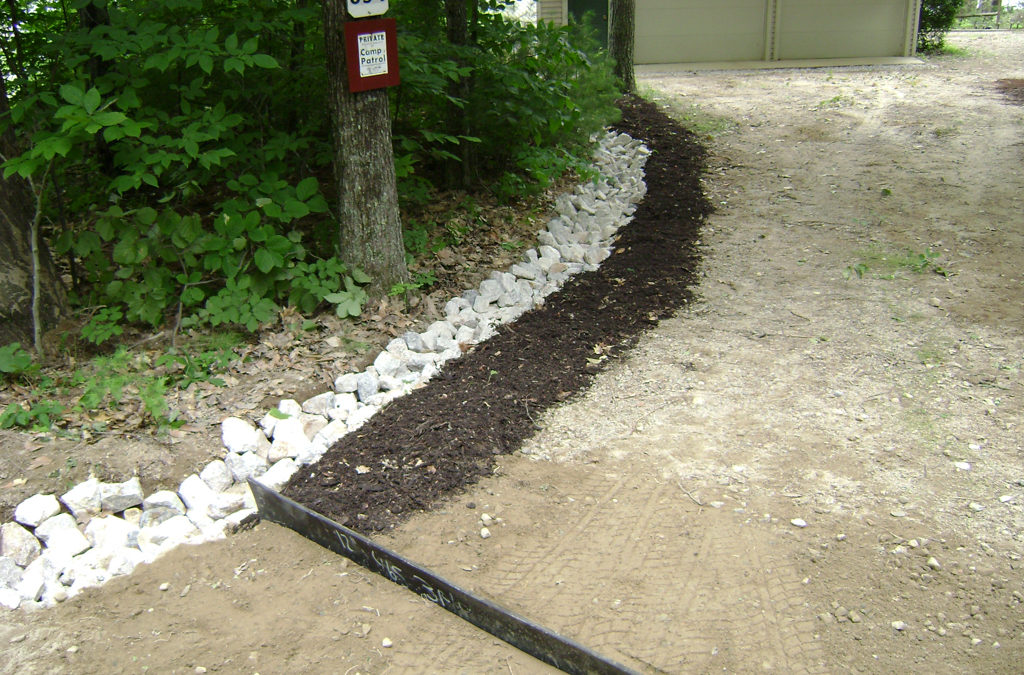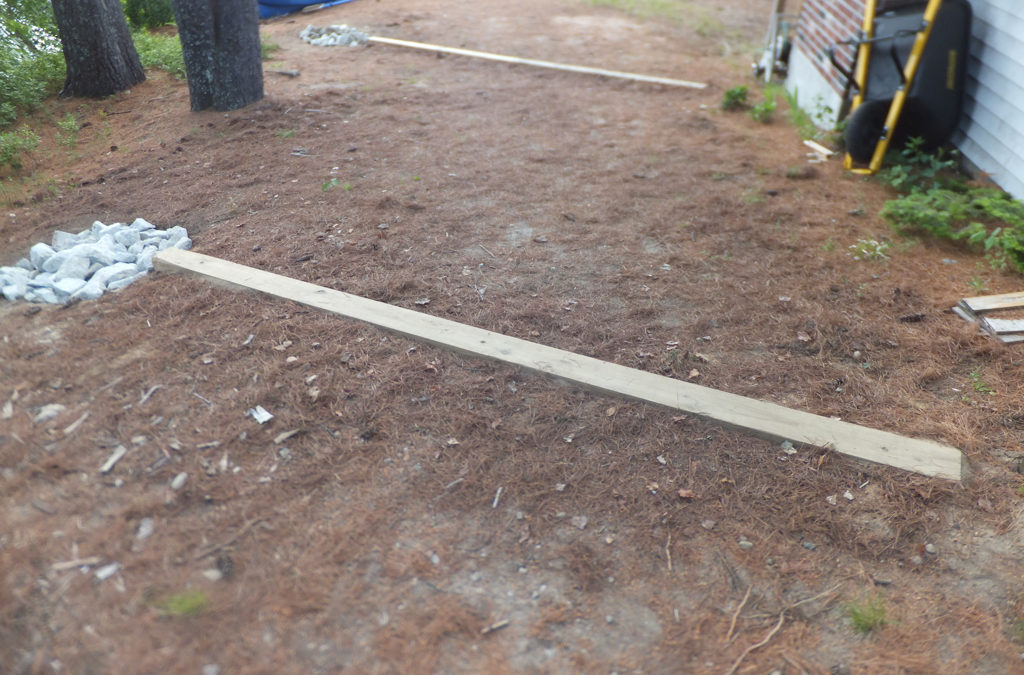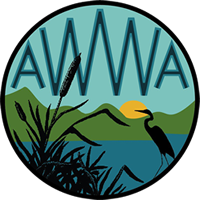
by Rich Collins | Feb 17, 2019 | Best Management Practices
Vegetated Buffers Using vegetation to protect water quality. Purpose: Vegetated buffers are trees, shrubs and groundcover plants that catch sediment and other pollution before it reaches lakes or streams. Trees and shrubs intercept raindrops and reduce their impact on...

by Rich Collins | Feb 8, 2019 | Best Management Practices
Erosion Control Mix (ECM)Mulching to stabilize and enrich the soil. Also Called: ECM, Slope Stabilizer, Erosion Control Mulch, SuperhumusTM, Wood Waste, Stump Grindings. Purpose: Erosion Control Mix (ECM) is a kind of mulch made of partially composted bark, sand,...

by Rich Collins | Jan 31, 2019 | Best Management Practices
Infiltration Trench Managing runoff from rooftops and paved areas. Purpose: Infiltration trenches collect and infiltrate runoff from paved driveways, rooftops and other areas. Infiltration trenches work best in well-drained soils like sands and gravels. Due to their...

by Rich Collins | Jan 23, 2019 | Best Management Practices
Rubber Razors Managing runoff on gravel roads and driveways. Purpose: Rubber Razors divert water off gravel driveways and camp roads into stable vegetated areas. These structures are well suited for seasonal roads that are not plowed. They can be plowed over if the...

by Rich Collins | Jan 21, 2019 | Best Management Practices
Waterbars Diverting water off paths and trails. Purpose: A waterbar intercepts water traveling down footpaths, trails and other areas and diverts it into stable vegetated areas. Installation: Install waterbars on moderately steep paths with concentrated flows. Select...






